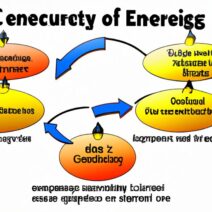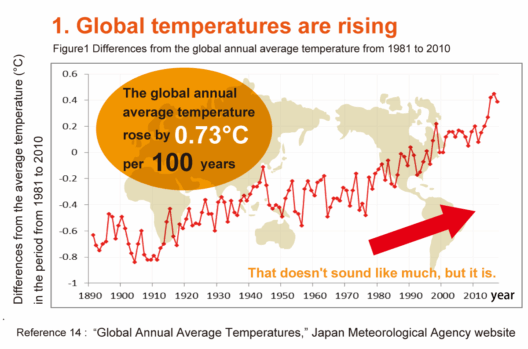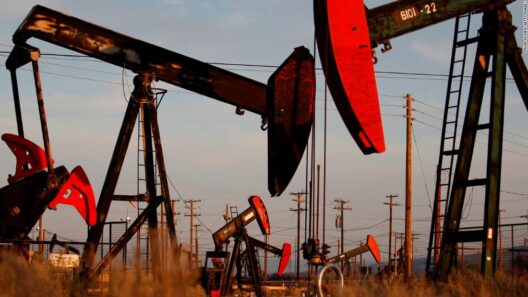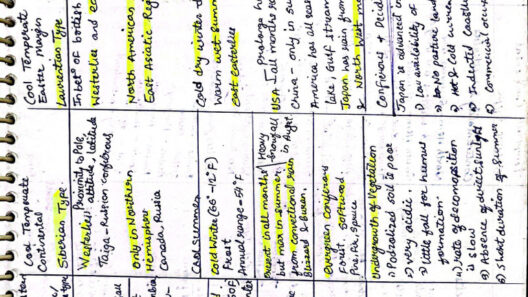Chicago, often dubbed the “Windy City,” is renowned for its awe-inspiring skyline, vibrant cultural scene, and, not least, its multifaceted climate. Weather in this city is a narrative of contrasts, painting a portrait of seasons that each offer their unique flair and angst. While the city’s name is commonly associated with breezy gusts, it portrays a far richer tapestry woven with the threads of precipitation, temperature variability, and climatic phenomena. Understanding Chicago’s climate requires delving into its seasonal swagger, where each quarter harbors distinct characteristics that define life in this Midwestern metropolis.
The winter months in Chicago can be likened to a stern yet captivating maestro, commanding the air with frigid precision. From December through February, temperatures typically plummet, often becoming ensconced in a blanket of snow. The city transforms into a frozen tableau, where icy winds whistle through city streets like an ethereal symphony. Average temperatures hover around 20°F (-6°C), but bone-chilling wind chills propel the perceived temperatures even lower, as Arctic air masses pour in from the north. Indeed, winter is not merely a season; it is a bone-deep embrace from nature, beckoning residents and visitors alike to experience the city’s festive spirit despite the sleet and frosty hardships.
As spring emerges from the frigid grasp of winter, Chicago undergoes a splendid metamorphosis. March through May signifies a renaissance, characterized by a burgeoning vibrancy. The chill begins to recede, making way for a vibrant palette of life that blossoms throughout the city. Temperatures gradually ascend from an early spring chill to a balmy average of 65°F (18°C) by May. This season beckons the quintessential image of Chicagoans walking along the lakeshore, blooming flowers adorning parks, and public spaces buzzing with palpable excitement. Gentle rains visit the city like shy guests, nourishing the awakening flora while contributing to a landscape lush with vibrancy and life. However, this is also a time of unpredictability—a true hallmark of spring. Severe thunderstorms may sweep through, conjuring gray skies and torrential downpours that remind us of nature’s capacity to wield power.
As summer arrives—bold and audacious—Chicago emerges in a cacophony of life and light. June through August envelops the city in warmth, where temperatures often soar into the 80s°F (around 27°C) and humidity thickens the air to an almost palpable state. The city pulsates with energy; the cultural calendar burgeons with outdoor festivals, beach outings, and vibrant street fairs. The sun, unapologetic in its fervor, casts long shadows over the iconic cityscape. Yet, along with the sultry embrace of summer, the city also contends with the whispers of severe storms, thunderstorms occasionally brewing like secret potions waiting to be unleashed. These storms can drench the streets with sudden downpours, yet they also furnish spectacular displays of nature’s raw beauty, crowned by rainbows adorning the skyline.
Transitioning from the simmer of summer, autumn emerges quietly, draping the city in an exquisite tapestry of russet and gold. September through November envelops Chicago in comfortable temperatures ranging from the mid-60s°F (around 18°C) in early fall to the brisk conditions of late November, dipping into the 30s°F (about 0°C). Fall in Chicago is a poignant farewell to the spirited heat of summer and a prelude to winter’s return. The trees don their vibrant cloaks of red, orange, and yellow, creating a breathtaking panorama that attracts both locals and tourists, evoking nostalgia and a sense of reflection. Festivals celebrating the harvest abound, offering delicious seasonal fare and communal revelry.
However, the city’s climate is not merely a succession of seasons; it is also influenced by its geographical location. Nestled on the southwestern shore of Lake Michigan, Chicago’s proximity to this vast body of water creates a microclimate that intricately interacts with the city’s atmospheric conditions. The lake acts as a cooling agent during the summer, often tempering the heat while simultaneously providing a damp chill in the colder months. This delicate interplay results in phenomena such as lake-effect snow, an enchanting spectacle in winter when the cold air meets the warmer lake waters, resulting in effusive snowfall that can blanket the city overnight. Consequently, Chicagoans have learned to navigate these climatic nuances, adapting their attire and activities to harmonize with nature’s whims.
Moreover, Chicago’s climate encapsulates sustainability challenges as well. The city grapples with the broader effects of climate change, witnessing alterations in its weather patterns, increasing rainfall, and more frequent extreme temperature variations. Urbanization, coupled with rising temperatures, underscores the pressing need for concerted efforts toward environmental stewardship. Initiatives to enhance green spaces, implement sustainable practices, and reduce carbon footprints gain traction as awareness spreads among residents. Thus, the city’s climate narrative intertwines with a greater urgency to preserve its unique allure while contending with the overarching threat of climate change.
In conclusion, Chicago’s climate embodies a rich and ever-evolving tapestry of seasonal transitions, painting a portrait of life that is to be savored and respected. The “Windy City” welcomes all with its chilly embrace, invites phenomena with its capricious weather patterns, and challenges denizens to adapt and thrive amidst its fluctuation. This city of big shoulders and even bigger hearts stands resolute—a living testimony to the beauty of nature’s rhythms and the resilience of its inhabitants in the face of impending climate evolution. In striving to preserve the distinct seasonal swagger of this Windy City, one finds not only an appreciation for its climate but also an appreciation for the urgency of environmental stewardship that resonates far beyond its shores.







